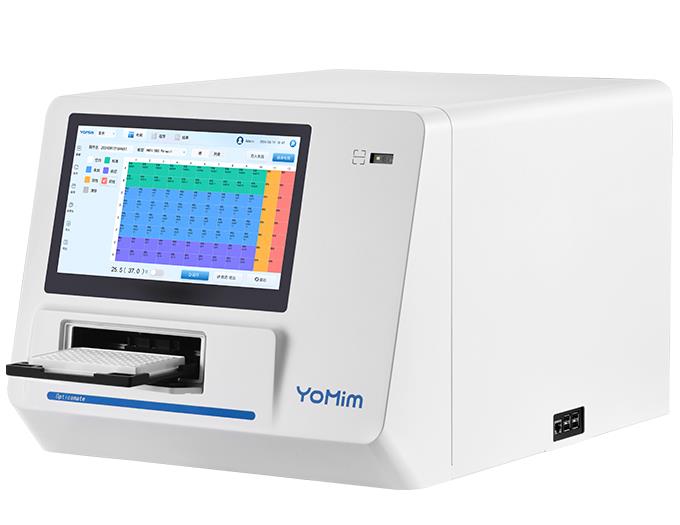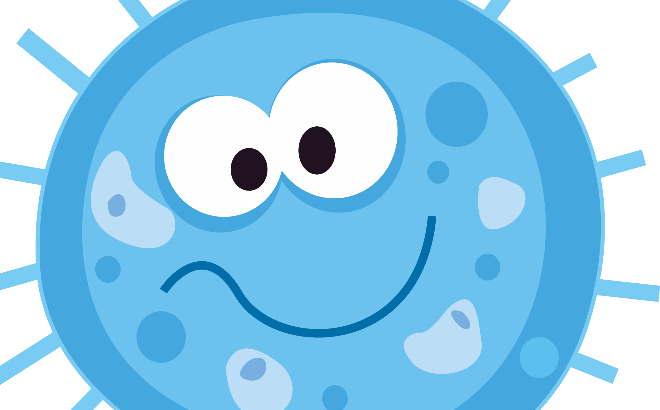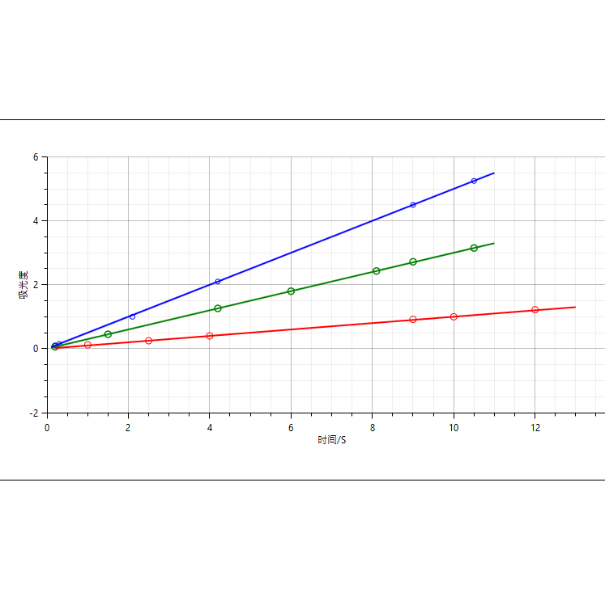-
-
Microplate Reader Serials
-
Nucleic acid concentration detection
-
POCT Detection
-
Sample Pretreatment
-
Reagents and Consumables
-
Others
-














1. UV-Vis Absorbance, Fluorescence and Luminescence 3 modes combined into 1 machine
2. Incubation module and shaking mode is optional
The temperature control incubation ranges from + 2℃ to 65℃ room temperature ;
While at 37℃,the average temperature differs by ±5℃ between the holes;
There are 3 shaking frequency to choose based on linear mode: low, medium and high.
3. U-Nano microvolume plate
Help you easily complete high-throughput micro nucleic acid and protein quantification
No dilution is required for the sample.
Test 1 to 16 samples in one run, requiring only 2-4 uL of sample volume, with optional 96-sample as well.
When performing continuous testing, wipe off the previous sample by lint-free paper only.
4. Powerful and comprehensive software and user management


Various Application Scenario
a) Enzyme kinetics: Enzyme reaction rates can easily be measured with Opticsmate Series
b) ELISA: Opticsmate Series are available for various ELISA detection
C) Nucleic acid, and protein quantification: Nucleic acid, and protein quantification assays can be executed by absorbance or fluorescent determination with Opticsmate Series
d) Fluorescence intensity: Fluorescence intensity can determined based on fluorescence mode of Opticsmate series
e) Plant GUS reporter gene detection: The Opticsmate series can be used for high-throughput detection of GUS gene expression levels, observing the expression of exogenous genes in transgenic plants, and identifying transgenic plants.
f) Resonance Energy Transfer (BRET/FRET): The Opticsmate series can perform multicolor fluorescence and luminescence detection, nanoBRET and FRET detection modules are optional. Protein-protein interactions can be detected.
g) Reactive Oxygen Species (ROS): Fluorescent probes can be used to measure the formation of reactive oxygen species (ROS).
h) Luciferase Reporter assays: Luciferase-based reporter assays measure luminescent signal. This enables users to quantify the activity of factors that affect particular signaling pathways.
i) Fluorescence Calcium Flux Assay: Calcium Ion/Calcium Flux Detection
j) Microbial Growth Assays: Microbial growth assays, including yeast and bacteria, can be measured by several methods, including turbidimetric measurements with the Opticsmate series.
| Detection modes | UV-Vis absorbance, Fluorescence intensity, Luminescence(luminosity&flash),Fluorescence Resonance Energy Transfer(FRET), Bioluminescence Resonance Energy Transfer (BRET) | ||
| Microplate Types | 6/12/24/48/96/384-well plates | ||
| Wavelength range | Light absorption: 190-1000nm Fluorescence: EX 190-1000nm, EM 270-850nm Luminescence: 200-850nm |
||
| Fluorescence detection limit | 4amol/well | ||
| Luminescence detection limit | 4amol/well | ||
| Shaking$&Incubation | Shaking mode:Linear, orbital, double orbital (3 type speeds adjustable, shaking mode can be performed during kinetics process) |
||
| Incubation temperature: RT+4℃ to 65℃ (with condensation control) Temperature uniformity: ±0.5℃@37℃ |
|||
| Micro-plate (Option) | Number of Samples: 16/32/48/96 Sample testing volume: 2-4uL Microplate Software: Built-in independent microplate software can directly generates sample (DNA, protein, etc.) concentration and purity reports |
||
| Reagent Injector(Option) | Single/ Dual module Volume of liquid separation: 5-1000μL,1μL increment Injection speed: 125-500μL/s Accuracy: ±1μL @5-50μL;±2%@51-1000μL Waste liquid collection: 50mL |
||
| Automation | Third-party Automation Equipment Compatible | ||
| Software | User management system: Built-in with different user permissions and account security protection |
||
| Standard curve library | Standard curve storage Built-in various algorithm Customized Algorithm |